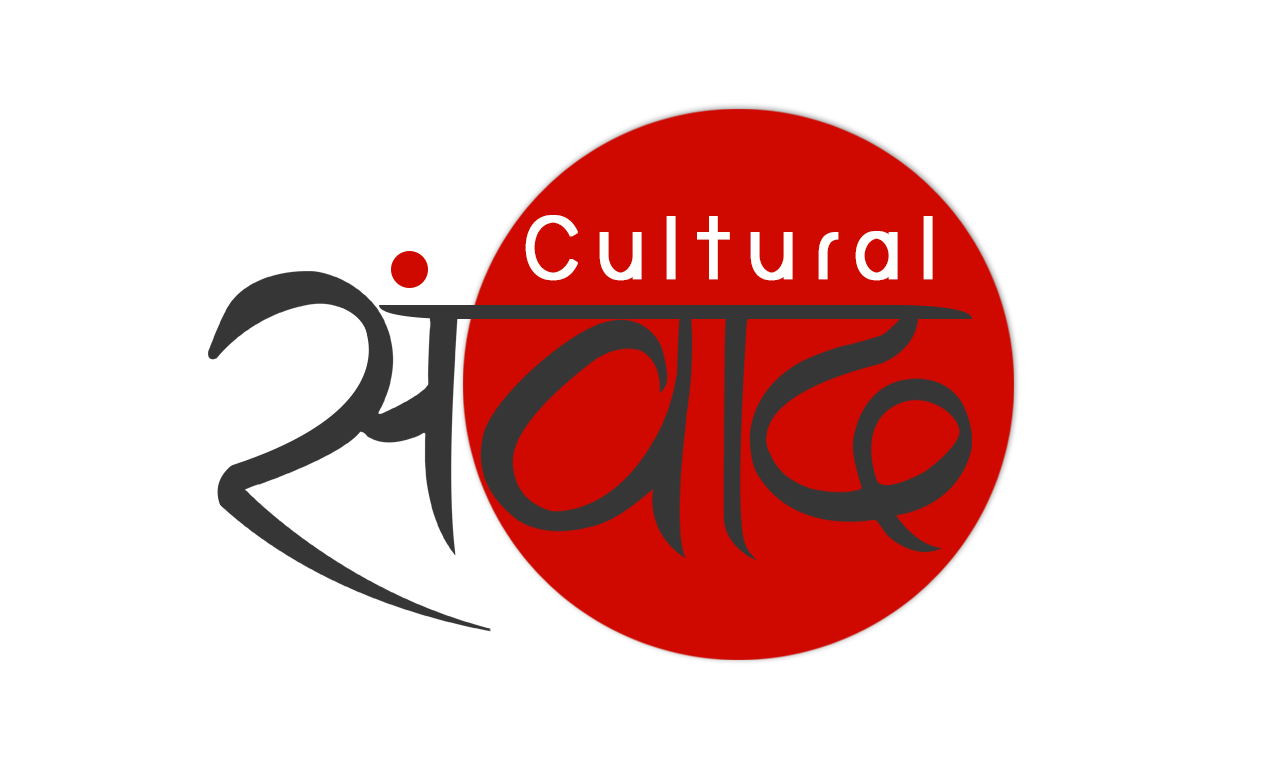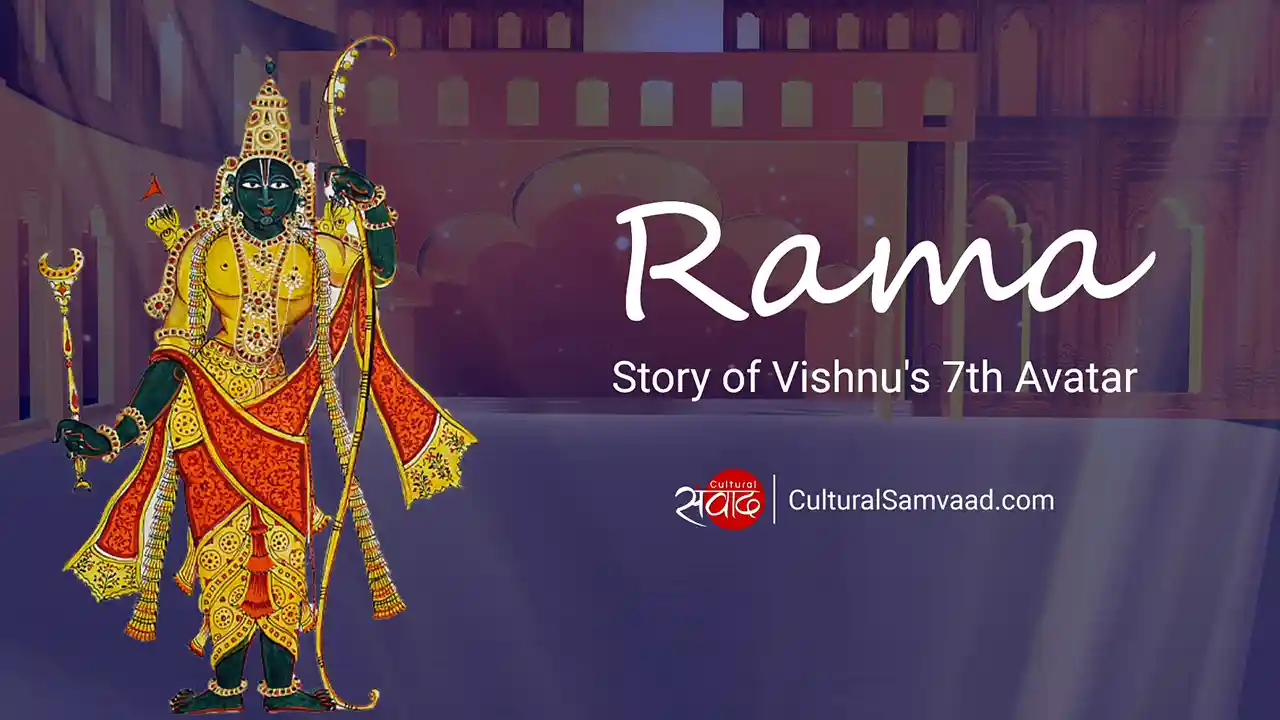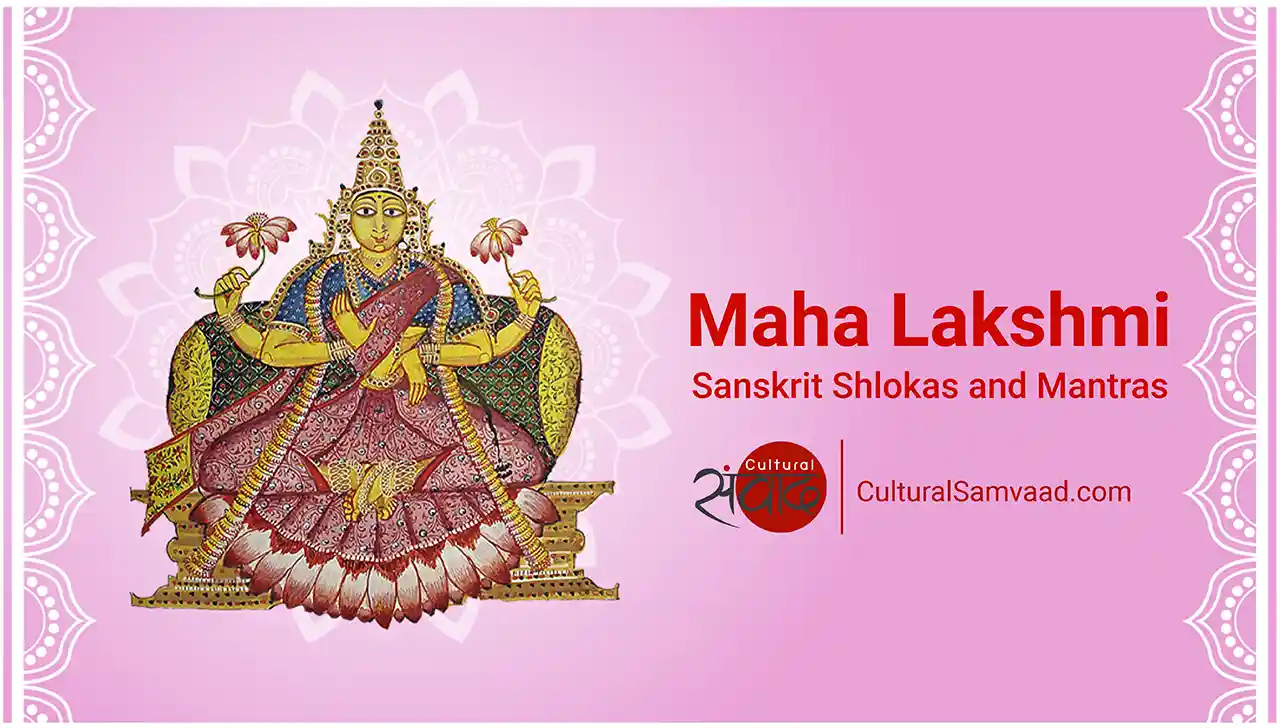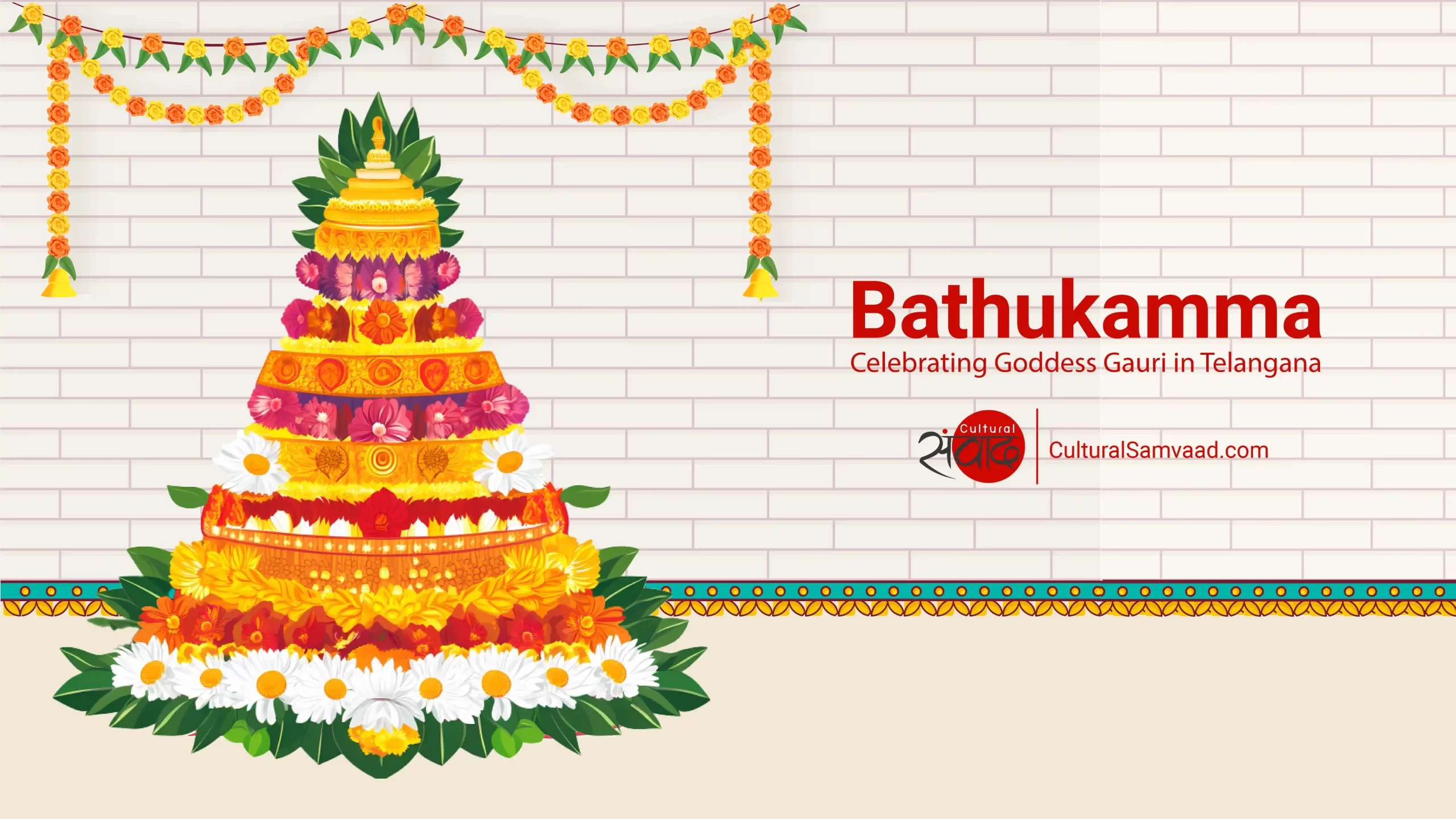Join Cultural Samvaad’s WhatsApp Community
The monsoons in the Indian subcontinent are spectacular and a time when nature re-creates itself. It is a time of plenty and multiplicity. As with most things in the Indian tradition, not only do our festivals and culture revolve around our sacred geography but also emulate it in some cases. Like nature, we are also supposed to re-invent ourselves. The monsoon period for religious reasons is also referred to as chaumasa (चौमासा) or chaturmasa in the Jain tradition. It is the time to pause, step back and enquire into the nature of things and the nature of the soul. While nature multiplies, we need to become singular in our study and search of the Ultimate Truth. It is the time for austerities, asceticism, penance and repentance.

Life Story of Mahavira Swami
For the Jains, it is the time of the year when the wandering monks and nuns are expected to stay back in the same place. This is to prevent the killing of multitude of small creatures that emerge out of the earth during the rains. The constant presence of the monks and the nuns is spiritually beneficial to the laity as it helps the members reaffirm their belief in the principles of Jainism and strengthen the prescribed vows.
This period is significant for another reason as well. It is during the monsoons that the very important Jain religious festival of Paryushan occurs. At heart, all Indian traditions are one of enquiry and reflections. And therefore, this is the time to stay absorbed in activities that promote the growth of one’s own soul.
There are two main sects in Jainism: Svetambaras and Digambaras. The festival is of eight days for the former and ten days for the latter school. What is common to both the sects is the observance of fasts, general austerities, svadhyaya, communal reading of scriptures, public lectures by the resident monks and other religious activities. The whole process is basically a purification of mind as well as conduct.
For the Svetambaras, recitation of the 5th century text – Kalpasutra is a central ritual during the festival. It involves recitation of stories of the 24 Tirthankaras with special emphasis on the life of Lord Mahavira. The reading of these episodes provides guidance and help one in persevering on the path of renunciation and Enlightenment. On the fifth day of Paryushan, the episode of the birth of Lord Mahavira is recited and the fourteen dreams of his mother Queen Trishala are enumerated. This occasion is celebrated with special fanfare.

For the Digambara sect, it is the Daśa-lakṣaṇa-parvan. The last day of the Svetambara paryushan is generally the first day for the Digambara ten-day festival. Their celebration of the festival is similar to the Svetambara’s which involves austerities and penances.
Kshamapana or asking for forgiveness is the main aim of the Jaina laity of both the sects. This ritual of repentance is one of the most important. In daily life, regardless of the rigorous following of moral standards and principles prescribed by Jainism, there is a very real chance of making mistakes. It is these mistakes which one has to acknowledge and contemplate upon. Many living entities from the most subtle to the gross may have been knowingly or unknowingly hurt by us. This is the time for contemplation of one’s past conduct and asking for forgiveness.
The last day is known as Samvatasari when the ritual of Pratikramana is observed. It is a collective prayer of introspection and repentance. After the completion of the prayer, Jains ask for forgiveness from family, friends and all living entities. It is a formulaic apology, most often conveyed through the words: ‘Michhami Dukkadam’. The sutra for the same is:
खामेमि सव्वे जीवा, सव्वे जीवा खमंतु मे।
मित्तिमे सव्व भुएस् वैरं ममझं न केणई। [1]
I ask forgiveness for all living beings, May all living beings grant me forgiveness,
My friendship is with all living beings, My enmity is totally non-existent.
 In smaller towns, it is very common for Jain merchants to stop all their trade and business activities for eight days. There are also instances of people completely giving up business for the four months while spending time with monks to seek religious instruction and spiritual guidance.
In smaller towns, it is very common for Jain merchants to stop all their trade and business activities for eight days. There are also instances of people completely giving up business for the four months while spending time with monks to seek religious instruction and spiritual guidance.
While the festival itself is extremely important in the Jain calendar, it has to be understood that the rites, rituals, austerities and reflections prescribed for this period are to be followed frequently throughout the year which may become a daily practice for the truly pious and maybe even lead to renunciation.
Paryushan is truly a time for deep introspection and high austerities.
[1] Khamemi Savva Jive, Savva Jiva Khamantu Me,
Mitti Me Savva Bhuyesu, Veram Majjham Na Kenai
Micchami Dukkadam Greetings
References
- Kalpa Sūtra of Bhadrabāhu translated by Kastur Chand Lalwani, Motilal Banarsidass; New Delhi, India; 1979
- Religion and Culture of the Jains by Jyoti Prasad Jain, Bhāratīya Jñānapīṭh; New Delhi, India; 1975
Pajjusana or Paryushana Mahaparva: Great Jain Festival of Spiritual Rejuvenation






Dear Hetal…
Very informative…
Very well explained…
Keep it up…
Hugs…
Love…
Wonderful tradition and so nicely explained. Hope to hear more about Jainism from you. Have always been fascinated by its rational approach to philosophy. Would love to know more from you.
Dear Hetal,
‘Beautiful ‘ is the word for your writing. Jainism as religion is commonly regarded as very complex to understand, but you have made it very simple and short for anyone to make him interested to know more about this great religion.
Please give us more such articles.
[…] (संवत्सरी) or the last day of the Jain festival of Paryushan is a day reserved for seeking forgiveness. The tradition recognises that human beings make mistakes […]